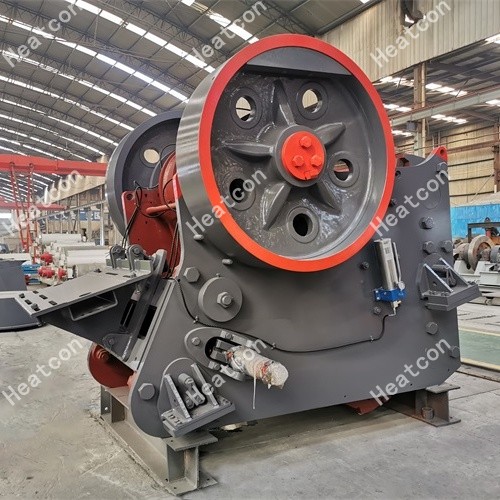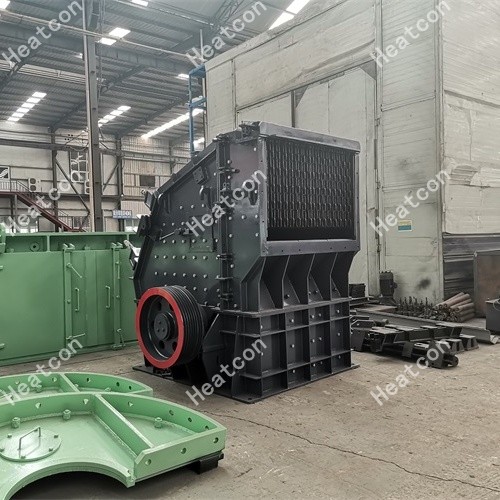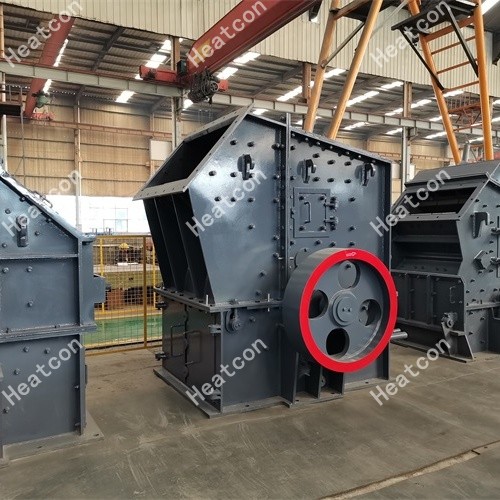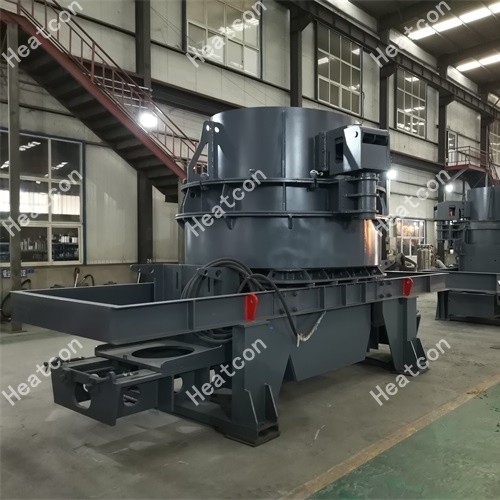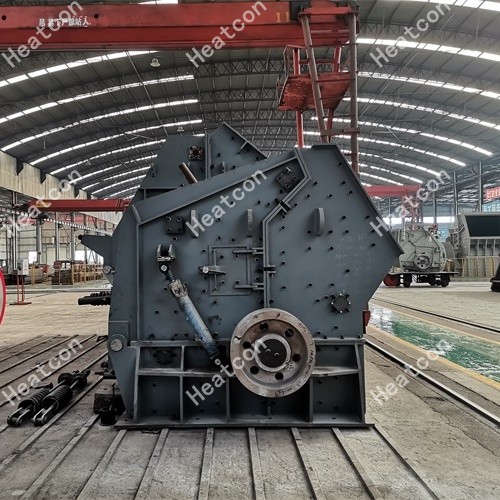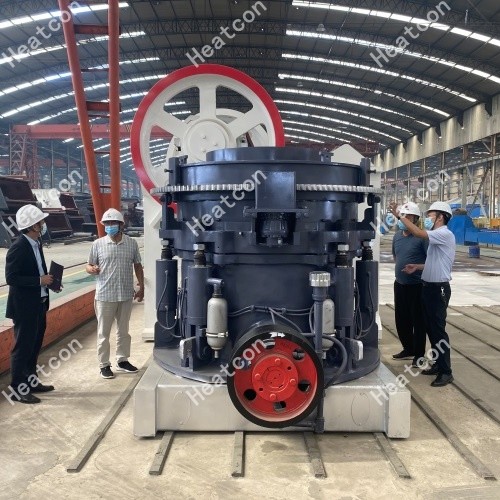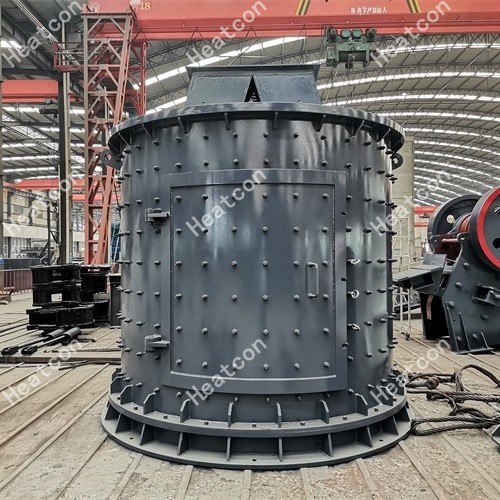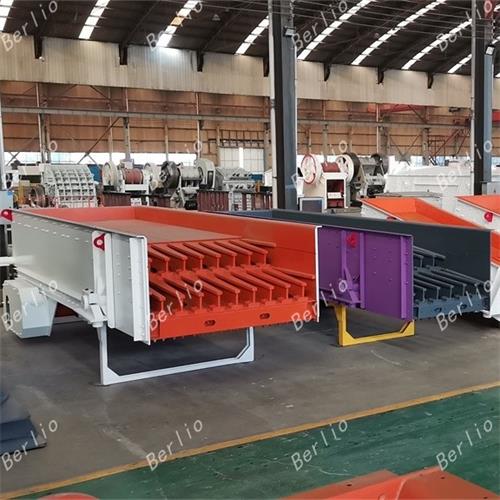Fluid Loss Polymer Oil Drilling Fluids
WebIt is a water-soluble polymer, which is primarily used as a highly efficient fluid loss reducer, Viscosifier and protective colloid for shales and cutting in fresh water, calcium, sodium brines and KCL mud systems. it is designed to provide cutting encapsulation and Shale Stabilization. It is compatible with most of the drilling fluid ...
Read More
